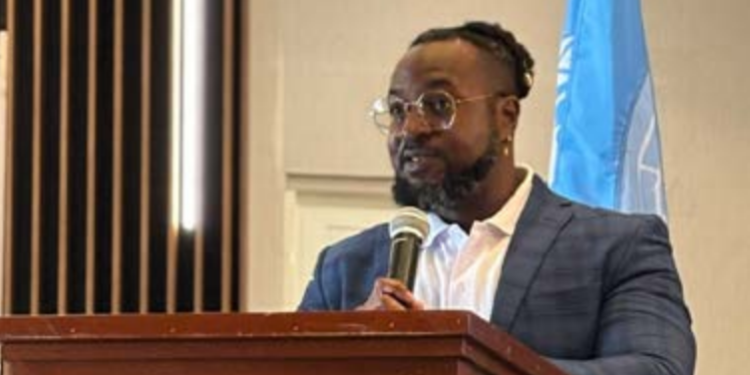There continues to be a need for legislation updates to modernise disaster management in Antigua and Barbuda and to formalise the Antigua and Barbuda Meteorological Service (ABMS) as an official government entity.
Mali Barnes, National Technical Consultant for the United Nations Office for Disaster Risk Reduction (UNDRR) revealed during his presentation on the Early Warning System for All initiative that there is still no legislation which formalises the Antigua and Barbuda Meteorological Service (ABMS) as an entity—nearly six decades after the body came under control of the state.
“Another thing we’re trying to do is to formally adopt legislation to establish the Met Office, because that came up as one of the things that is a gap and I didn’t even know until we had these consultations that the Met Office is not established by legislation,” Barnes said.
The ABMS started in the mid-1940s as a weather observation station operated by the British until it came under control of the Antigua and Barbuda government in 1965 and developed into a forecasting office in 1967 to support a growing aviation sector.
Barnes explained that due to the absence of formal legislation, the Met Office “established with custom, essentially, there’s no paperwork supporting the existence of the Met Office as an entity, which prevents them from being able to do things like access funding internationally in a way that an established agency perhaps could.”
Speaking at the 2nd National Outlook Forum last week, Barnes outlined plans to modernize the country’s disaster response capabilities backed by up to $12 million in international funding from the Green Climate Fund (GCF).
“This act has been unchanged since 2002, which is a long time ago. That was before social media, before smartphones, so things have changed a lot since then,” Barnes said, referring to the Disaster Management Act.
For example, under the disaster management law, the only reference to the “Meteorological department” was listed as a member of the National Disaster Preparedness and Response Advisory Committee, with the service lacking formal statutory recognition as an independent government entity.
The legislative updates formed part of a four-pillar approach covering governance, hazard monitoring and forecasting, warning dissemination, and emergency preparedness and response.
According to Barnes, each pillar operates under the coordination of different UN agencies, with the UNDRR and World Meteorological Organization handling risk knowledge and detection respectively, while warning dissemination falls under the International Telecommunications Union and preparedness is managed by the International Federation of Red Cross and Red Crescent Societies.
“We had two consultative workshops… and through that, we developed a gap analysis and implementation plan which then went on to become a funding proposal to the Green Climate Fund,” he noted.
The funding proposal was approved by GCF in February 2025.
The funding will support three main outputs that combine various elements of the four-pillar framework.
Output 1 will improve how government agencies work together during disasters by combining leadership structures with risk knowledge systems, addressing the issue that the Met Service was operating without proper legal backing despite its important role in disaster preparation.
Output 2 will boost weather forecasting and hazard knowledge by combining risk assessment with better monitoring systems, adding new modern technology and communication tools that didn’t exist when the current disaster law was written over 20 years ago.



